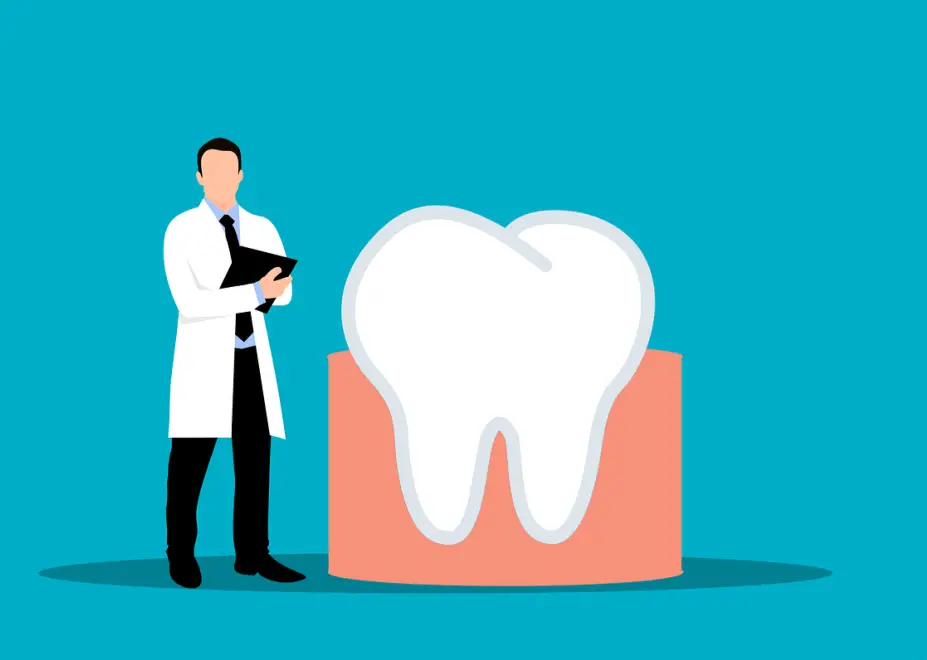There are times when a tooth extraction becomes necessary to protect your overall oral health. Whether due to decay, infection, or crowding, tooth extractions are a routine dental procedure designed to relieve pain, prevent further complications, and maintain the integrity of your smile. When left untreated, can lead to a painful dental emergency.
Why Would You Need a Tooth Extraction?
There are several reasons why a tooth may need to be removed, including:
- Severe Tooth Decay or Infection: When decay or infection reaches the tooth’s pulp (the center of the tooth), it can cause intense pain and damage. Sometimes a tooth can’t be saved with a root canal, and that’s when an extraction is necessary.
- Crowding or Impacted Teeth: Sometimes teeth are too crowded, leading to alignment issues or impaction. This is often the case with wisdom teeth, which can become trapped in the gums or bone and cause pain or infection. Removing the impacted tooth relieves discomfort and prevents future problems.
- Gum Disease (Periodontitis): In advanced stages of gum disease, the tissues and bone supporting the tooth may deteriorate, making extraction necessary to stop further damage to surrounding teeth and gums.
- Trauma or Injury: Teeth that are severely fractured or damaged due to accidents may require extraction if they cannot be repaired.
Types of Tooth Extractions
- Simple Extraction: Performed on teeth that are visible and easily accessible. A local anesthetic is used to numb the area, and the tooth is gently loosened and removed.
- Surgical Extraction: Used for more complex cases, such as impacted wisdom teeth or teeth broken at the gumline. This procedure may require an incision in the gum and possibly removal of surrounding bone to safely extract the tooth.
What to Expect During the Tooth Extraction Process
- Consultation and Exam: We’ll take some x-rays and do an exam see the condition of the tooth and determine the best approach for extraction.
- Anesthesia: A local anesthetic is applied to numb the area, ensuring a comfortable and pain-free experience.
- Extraction Procedure: For simple extractions, the tooth is loosened and removed. In more complex cases, surgical extraction may be necessary.
- Post-Extraction Care: After the extraction, you will receive instructions on how to care for the site to promote healing and prevent complications like dry socket.
Recovery After Tooth Extraction
- Manage Discomfort: Some swelling and discomfort is completely normal. Over the counter medicine and an ice pack will help with pain and swelling!
- Keep the Area Clean: Gently rinse your mouth with salt water after 24 hours to keep the extraction site clean, but avoid spitting forcefully or using straws, as this can disrupt healing.
- Soft Diet: Stick to soft foods for the first few days to avoid putting pressure on the extraction site.
- Avoid Smoking: Smoking can delay healing and increase the risk of complications, such as dry socket.
Tooth Replacement Options
Here’s some options to restore a missing tooth:
- Dental Implants: A permanent, natural-looking solution that replaces the missing tooth with a titanium post and crown.
- Bridges: A bridge spans the gap left by the missing tooth, supported by adjacent teeth.
- Partial Dentures: Removable partial dentures can replace one or more missing teeth.
Schedule Your Tooth Extraction Today
If you are experiencing pain, infection, or other dental issues, a tooth extraction may be the best solution to protect your oral health. Contact us today to schedule a consultation and find out if a tooth extraction is necessary for you.


